Youth Engagement Strategy

Halton Regional Police Service | 2025 - 2027
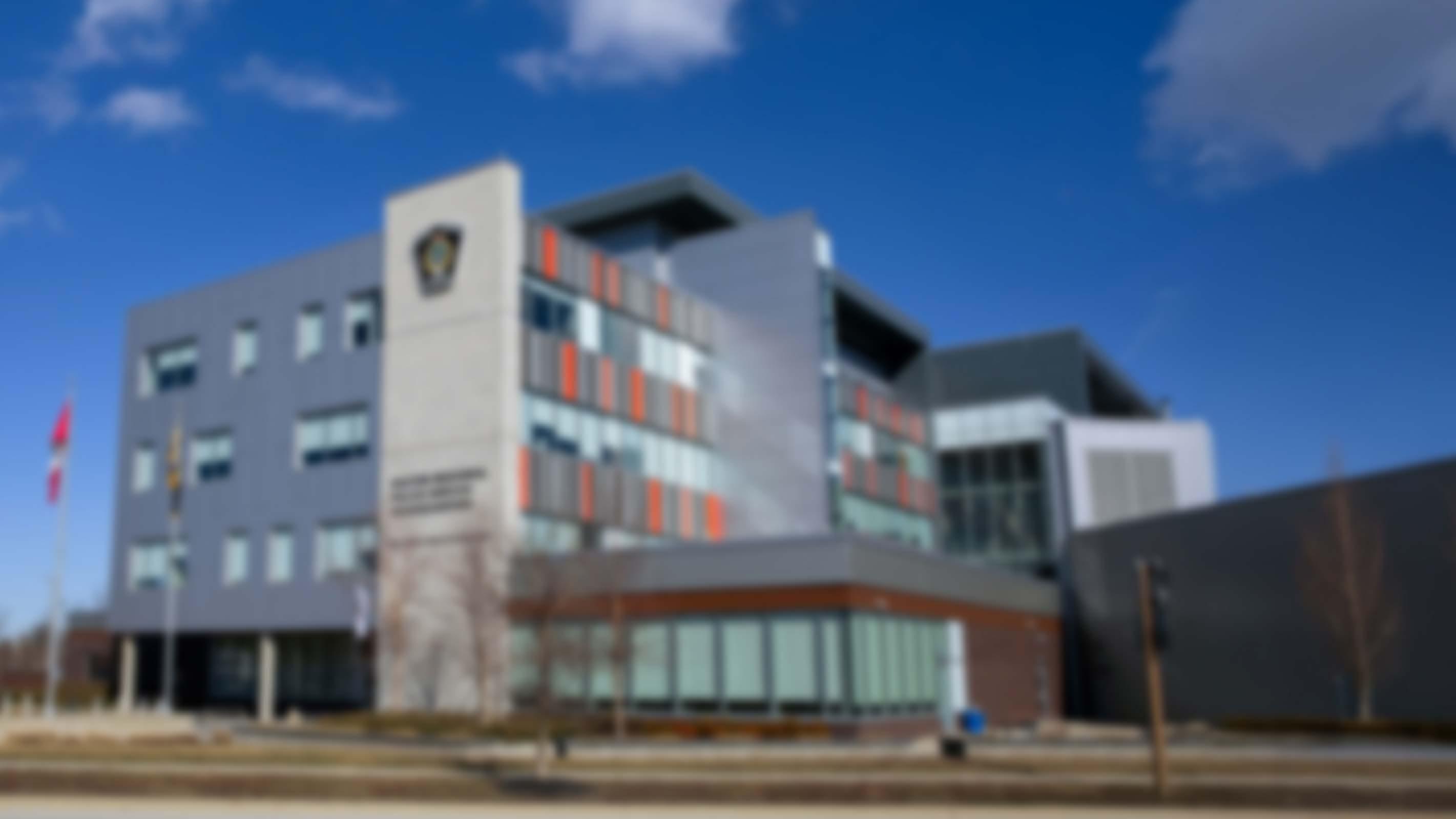
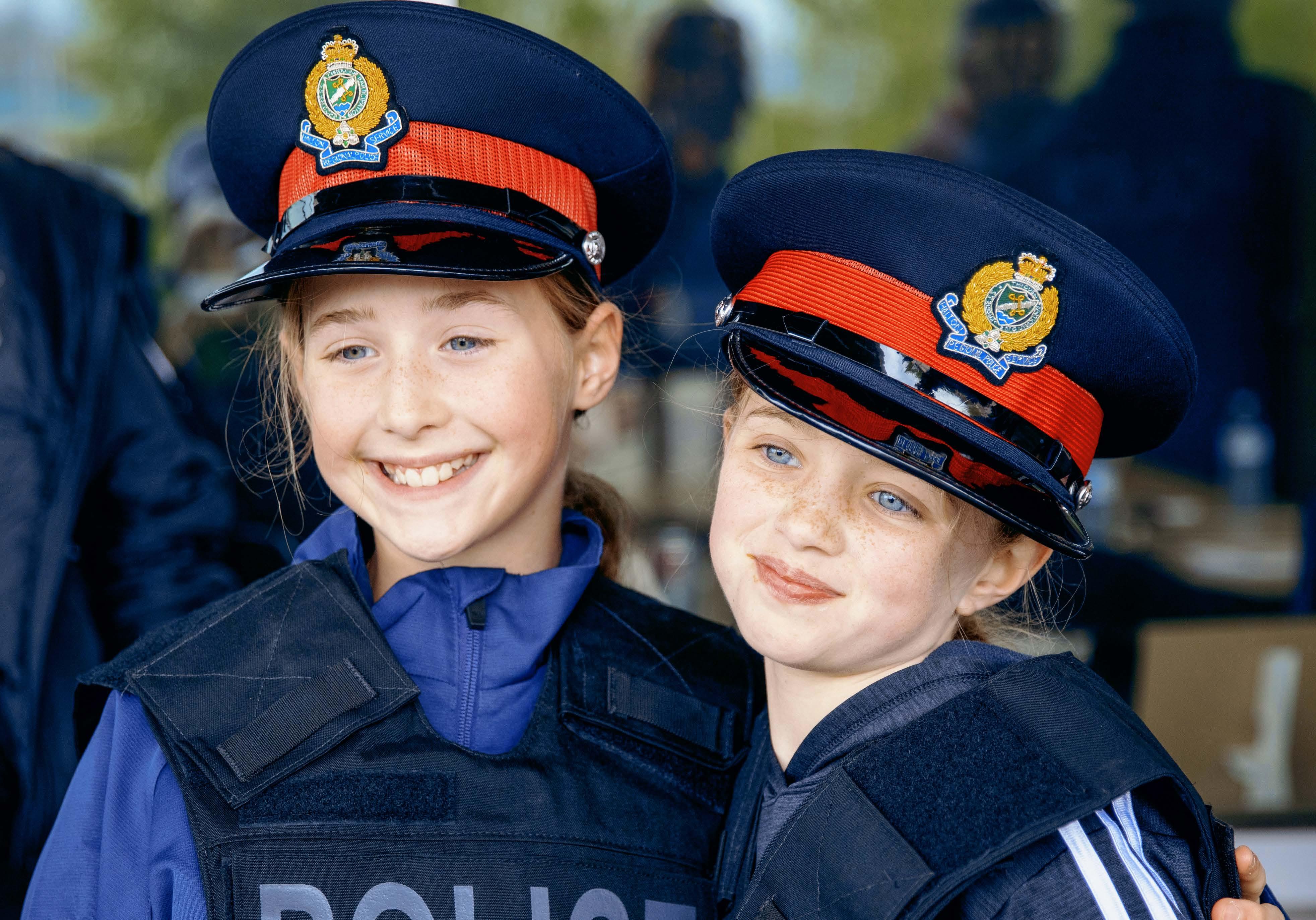
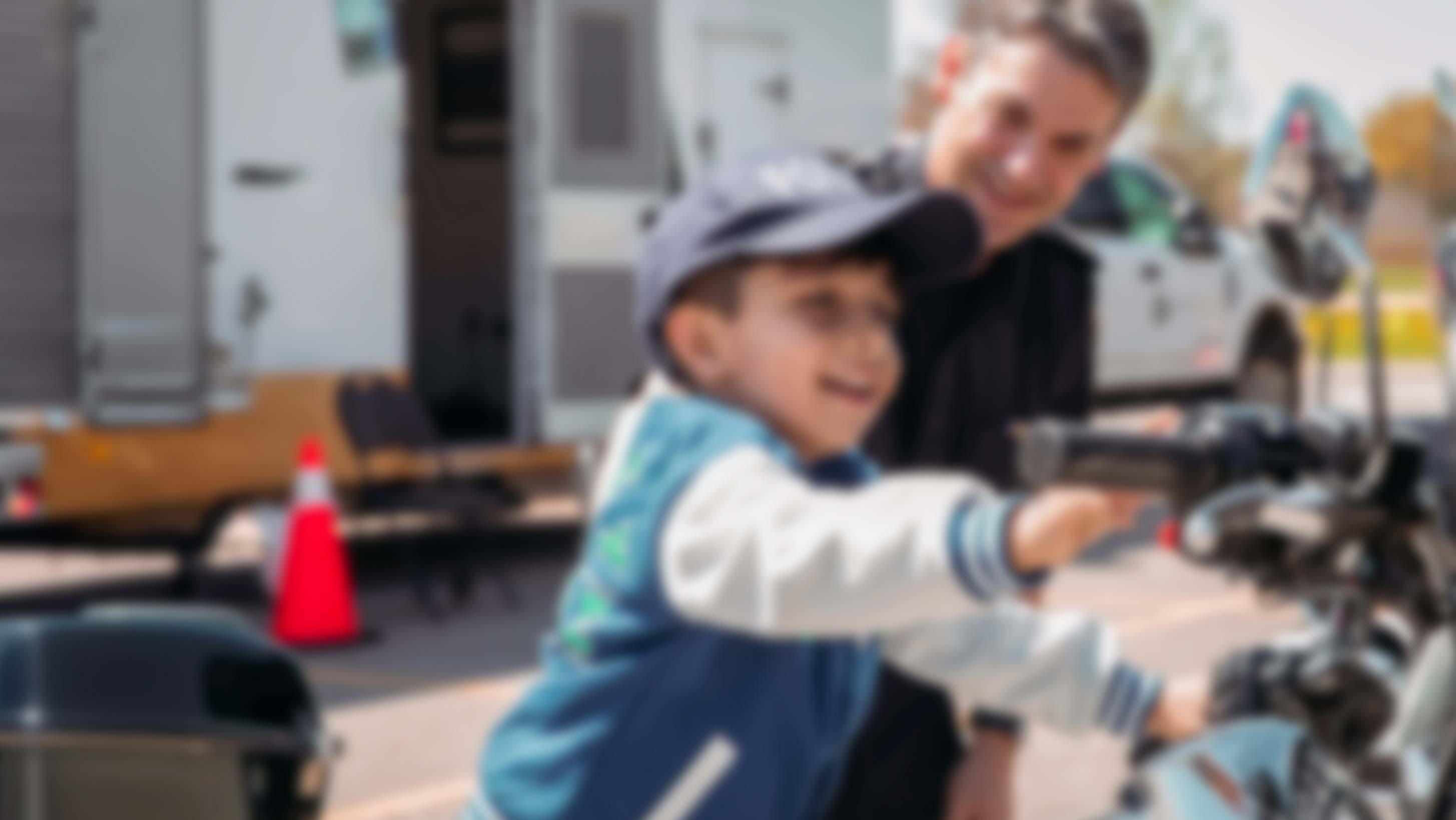
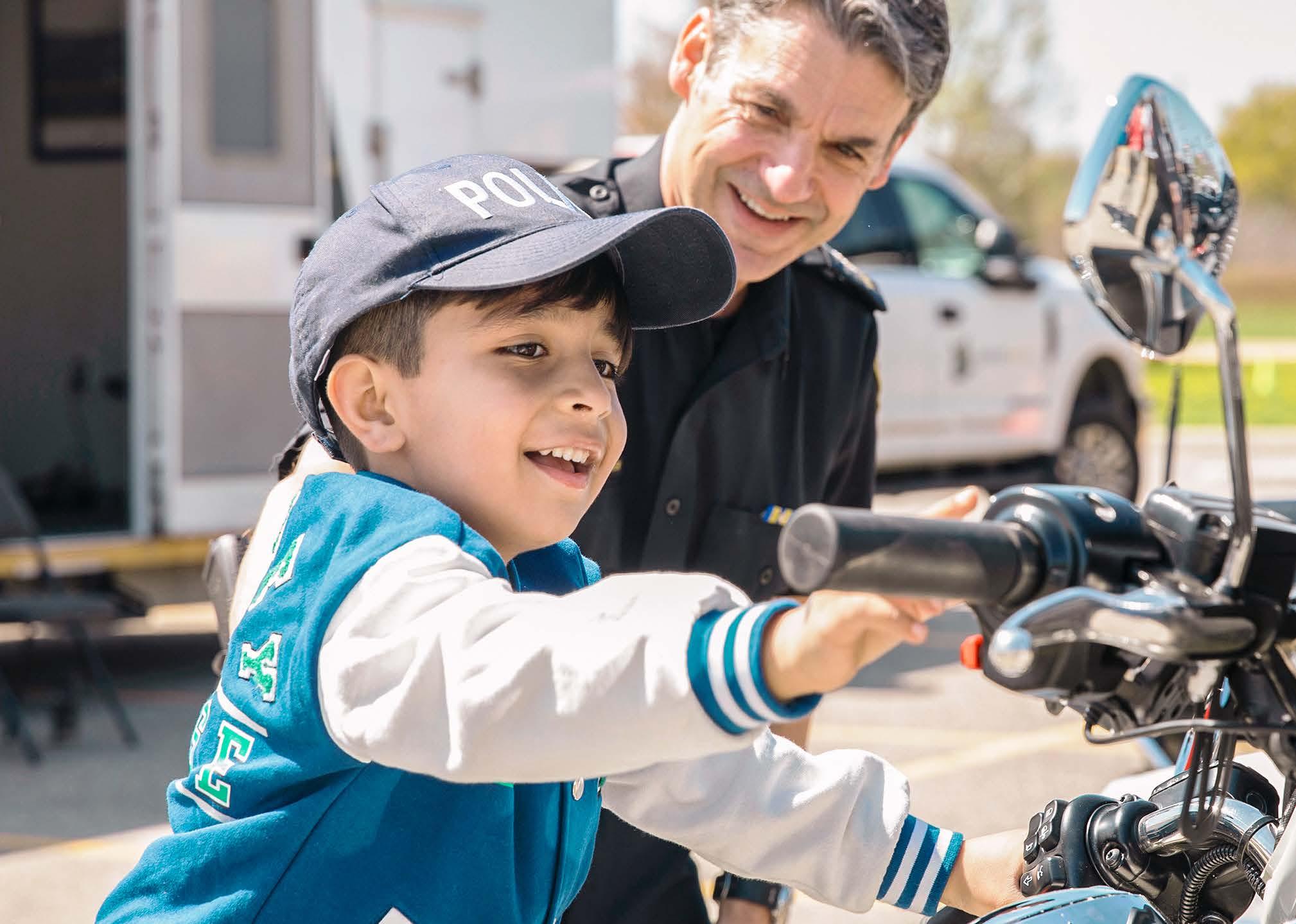


Halton Regional Police Service | 2025 - 2027





As a proud father and grandfather, I, and all parents know that no child can dream big and achieve greatness alone. It often takes an active community comprised of dedicated individuals and expert services to help guide them along the way.
Known for being an incredible region filled with vast opportunities, Halton is one of those special communities that has earned its reputation as a preferred place to raise a family. With an abundance of progressive and proactive organizations that are always ready to help, and a police service that not only prioritizes safety but intentionally invests in upstream approaches that strengthen social development, those who call Halton home have tremendous levels of support available to them. But we know that is not always enough.
It is incumbent upon each of us to thoughtfully invest in youth, advocate for them, and forge pathways that empower them to overcome any

Youth Engagement Strategy 2025 - 2027
challenge they may be facing. In a world that can at times feel more disconnected than ever, the existence of such services must be bolstered by a robust plan that outlines how we can identify youth from all ages and walks of life who need assistance, so that together we can unite, connect, and mobilize to meet their needs.
That’s why, on behalf of the Halton Police Board, I am proud to support our team as we launch our 2025-2027 Youth Engagement Strategy that will do just that.
While our sworn and civilian members continue to shine as leaders in policing excellence – in service of youth and everyone across the region – the Halton Police Board pledges to champion their efforts and remain steadfast on our shared vision of ensuring no youth gets left behind.


A message
from
Due to a number of complex contributing factors, the environment in which youth live, learn, and develop has drastically changed compared to when the Halton Regional Police Service (HRPS) was established more than 50 years ago. The ways they consume and process information and apply it to their own lives has understandably evolved, and so too has our police service.
While maintaining public safety and preventing crime has always been our top priority, we know that achieving those outcomes starts by taking an upstream approach that addresses current and emerging issues within our region, as outlined in the Community Safety and Well-Being Plan.
Collaborating with community partners across various sectors is crucial in building a stronger Halton where everyone – including youth – feel prioritized, supported, and empowered to thrive.



For that reason, we intentionally consulted with many of our local community partners to proactively develop our first Youth Engagement Strategy – a framework that will guide the mandate of our Service from 2025-2027.
I extend my heartfelt thanks to those who played a role in forming this strategy, and their willingness to consistently channel their expertise and passion to support this important demographic, who also hold the most potential.
By investing in all youth across Halton, together, we will not only make a positive and memorable difference in their lives, but we will strengthen our region and plant seeds that future generations can benefit from.





The Halton Regional Police Service (HRPS) has always been committed to supporting youth which is a responsibility of all our members. In 2023, to better meet the needs of our evolving community, we established a dedicated Youth Team whose primary focus is to identify and support at-risk youth aged 5-17.
Through intentional programming, we take great pride in delivering experiential learning opportunities that not only equip youth with transferable life skills they can build upon, but that also foster positive and meaningful connections between young people and police officers.
The Youth Engagement Strategy will serve as a guide to help ensure that all of the youth-related work carried out by our members is aligned with the goals outlined in this plan, and is considered impactful when measured against desired outcomes.

Ensuring the youth voice is included and heard in future decision making
Implementing a consistent vision and service delivery for all future work
Meeting the evolving needs of the community
Engaging youth and building strong and long-lasting relationships
Sharing statistics regarding youth-related occurrences
Training members to respond appropriately to incidents involving youth

Personal and professional growth
Help navigating complex challenges
Improved physical and mental wellbeing
Encouragement to make healthy decisions
Opportunities to become future leaders
Continued support to divert youth from the Criminal Justice System

Consultations and
The effectiveness of any strategy is only as strong as the comprehensive data and feedback that informs it, especially when it comes to individuals and organizations whose priority is ensuring the safety and wellbeing of young people from all walks of life. That’s why the first step we took during the creation of our Youth Engagement Strategy was to consult with 49 local community partners across various sectors and the youth they serve to gather qualitative and quantitative data that will help guide our future activities.
This process included a review of the existing work being done by each partner to understand the diverse expertise and extensive resources that are currently available to youth in Halton.

Additional feedback was gathered from our Service’s social workers, the Youth Advisory Council and sworn members within our district and regional community focused units.
These valuable insights not only helped us determine the goals attributed to each of our four Pillars Towards Progress, but ensured this strategy is aligned to the specific needs of the community.
This work inspired the creation of our Community Resource Map; a comprehensive tool that our Service will use to authentically engage our partners, address current and future challenges, and build a more connected and resilient community.





























Following the extensive consultations with our community partners across Halton, we developed four key pillars that comprise the framework of our Youth Engagement Strategy. Each of the four key pillars listed below contain five goals that our Service will refer to when creating, executing, and measuring the effectiveness of our work.


Empowering youth and others through education and engaging programs.


During the development of new initiatives, seek input from the HRPS’ Youth Advisory Council and others with diverse lived experiences.
Implement a formal mentorship program which promotes a future career with the HRPS.
Collaborate with youth-serving organizations to co-develop programs and recognize excellence.
Developing early intervention strategies aimed at addressing the underlying issues that can cause harm to both youth and the community.

Goals:
Respond to situations of elevated risk while ensuring individual needs are met.
Establish timely and effective interventions focused on correcting the behaviour of those at risk.

Advocate for youth as they navigate various systems (education, healthcare, justice, etc.)
Empower youth, families, caregivers, and partners with the tools and information they need to help resolve challenges they or others are experiencing.
Deliver regular training to ensure that members of the Halton Regional Police Service have the appropriate knowledge and resources when responding to occurrences involving youth.
Ensuring the right partners are engaged at the right time so youth receive appropriate and effective support.
Goals:
Align all activities and programs with the Region’s Community Safety and Well-Being Plan.
Explore new partnerships to more effectively respond to incidents involving mental health.
Support youth justice programs that reduce crime and improve other positive outcomes.
Utilize new and existing assessment tools to improve collaborative decision making when addressing risk factors.
Strengthen relationships with community partners to streamline connections to services and facilitate access to resources.

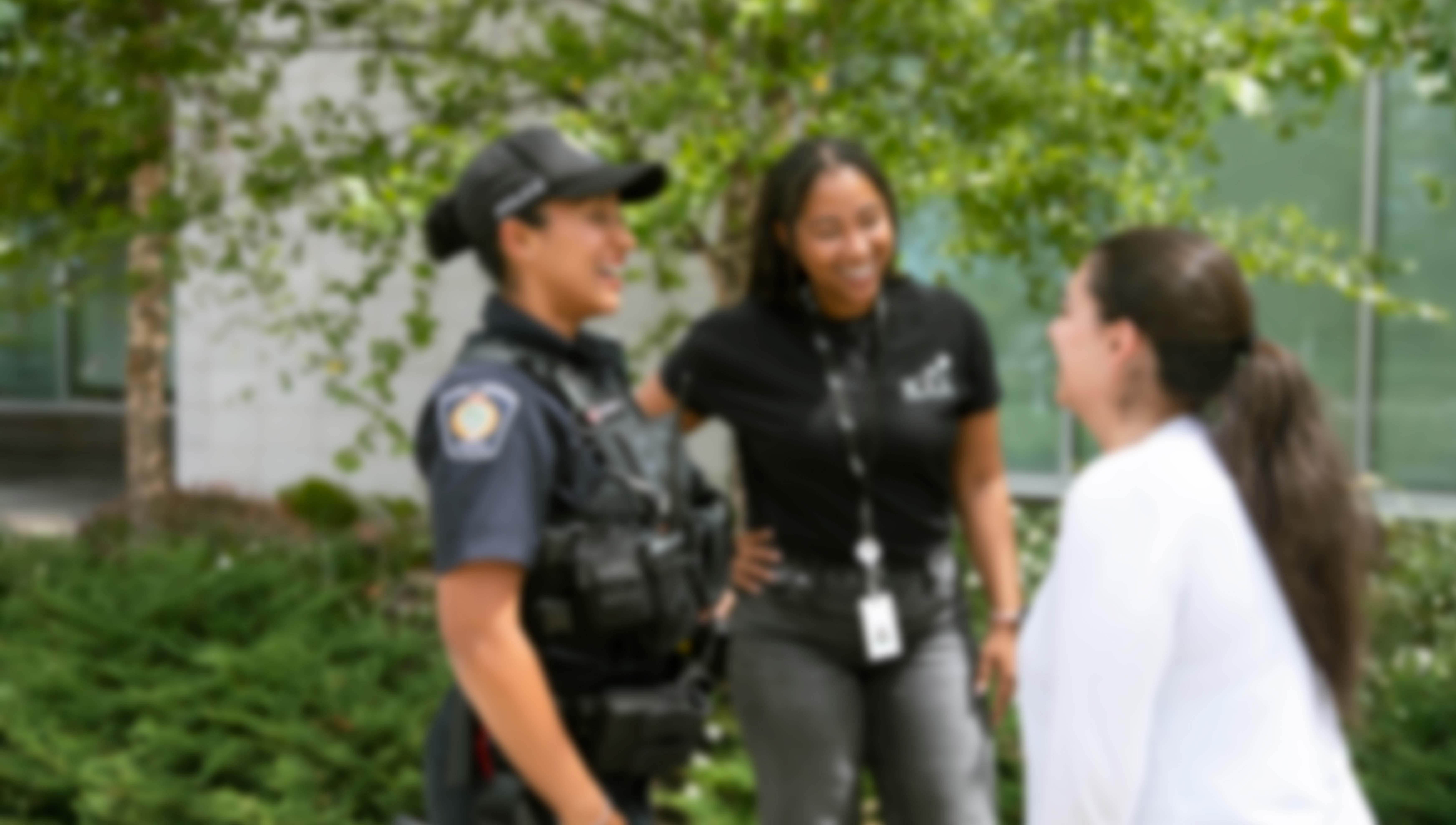


Responding to community safety issues while holding young people who are in conflict with the law accountable.
Goals:
Create consistency during the implementation of informal measures (i.e. diversion) to address underlying issues impacting criminal behaviour.
Apply restorative justice practices to increase accountability and community involvement when addressing harm.
Establish accurate reporting and analysis of recidivism rates for the purpose of identifying trends and diverting future involvement with the criminal justice system.
Participate in a coordinated response (i.e. parents/guardians, schools, counselling, and care facilities) to increase the success of extra-judicial measures.

and

response to
Our Service’s ability to accurately report whether we have achieved the goals outlined in this Youth Engagement Strategy relies on our commitment to measure our work against key performance indicators. But we won’t stop there.
Our Service is committed to remaining flexible and adapting our approach to meet the needs of our evolving community, ensuring the programs we offer deliver maximum impact.
Establish clear metrics and baselines
Seek ongoing feedback from youth and community partners
Track and analyze occurrences involving youth and recidivism rates
Enhance the use of analytics to identify trends and adjust priorities
Monitor demographic changes in the region and municipalities
and share an end-of-term report to evaluate the progress and effectiveness of the strategy








